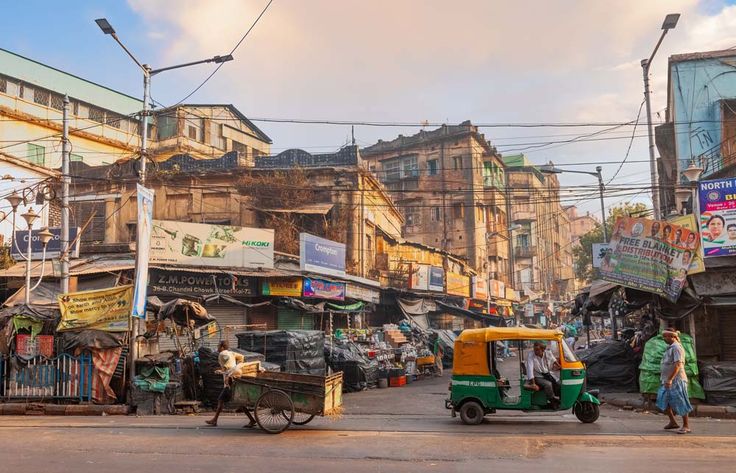In a pre-print published in bioRxiv– scientists dive into 50,000 years of history in Indian ancestry. The genome study reveals astonishing facts about the evolutionary relationships between Neanderthals and the present-day Indian population. It is yet to be peer-reviewed.
India is home to extraordinary genomic diversity in people of 1.5 billion population. It comprises people of varying ethnicities, religions, castes, and languages.
Despite being a collective of a diverse population, India is often backed out from representation genome studies. As a result, there are many unanswered questions about its evolutionary history.
The study is South Asia’s most prominent modern whole genome analysis project.
Table of Contents
Details of The Genome Study
Population geneticist Priya Moorjani from the University of California, Berkeley, has co-led this study. She and her team have performed genome sequencing of 2,762 modern Indian genomes from 18 states in India.
They have collected samples from speakers of major languages, castes, and tribes, using the data from the Longitudinal Aging Study in India- Diagnostic Assessment of Dementia (LASI-DAD).
The team aimed to answer questions like when modern Indians first migrated to India from Africa. Did it happen along the Southern Coastal route of migration out of Africa? What is the contribution of gene flow from Neanderthals and Denisovans to Indians? How did technological advances and the spread of languages impact the genetic diversity in India?
Key Findings of The Genome Study
The genome study reveals that Indians have the most significant variation from their Neanderthal and Denisovan ancestry, which exists today.
Most of them derive ancestry from three populations: Iranian farmers who arrived around 4700 and 3000 BCE, herders from the Eurasian steppe who came after 3000 BCE, and hunter-gatherers from South Asia who have been there on the land from long ago.
Indians whose ancestry is associated with hunter-gatherers from the Andaman Islands vary across regions. The proportion is highest in South India and lowest in the North. Preferably higher in some caste and language groups.
Scientists modeled previously extracted ancient DNA to study the Iranian farmer’s related identity further. They simulated the results to see which patterns matched with Indians in the present day. They found farmers from Sarazm, an ancient agricultural center northwest of now-known Tajikstan, were the best fit.
Surprisingly, one of the ancient individuals from Sarazm carried Indian ancestry. In contrast, another was buried with bracelets made of ceramic similar to that found in ancient India. The findings clearly showed how interconnected human societies are.
The scientists also argued that the stone tools in ancient India, around 80,000 years ago, were made by modern humans. Unfortunately, there is no evidence for that claim since these tools do not remain.
The study also reveals that a single migration out of Africa around 50,000 years ago has given rise to modern Indians. To find this, scientists calculated the amount of genetic mutation that has taken place in the genome of early toolmakers to arrive at modern Indians.
They discovered that modern Indians derive 1% to 2% of their ancestry from Neanderthals and Denisovans- approximately the same as Europeans and Americas. However, compared to other global populations, Indians have a tremendous diversity of such ancient genes.
A TOI report says scientists have recovered around 50% of Neanderthal and 20% of the Denisovan genome from modern Indian DNA. The segments of DNA retrieved from the genome study are passed on to Indians through generations of variations.
Speculation says Neanderthal DNA is linked to diseases like diabetes, Lupus, and Biliary cirrhosis. Studying this ancestry can give insights into such diseases and how they arise at which point in history.
Such studies can further contribute to understanding human survival trends and the ability to respond to pathogens and overcome diseases.
